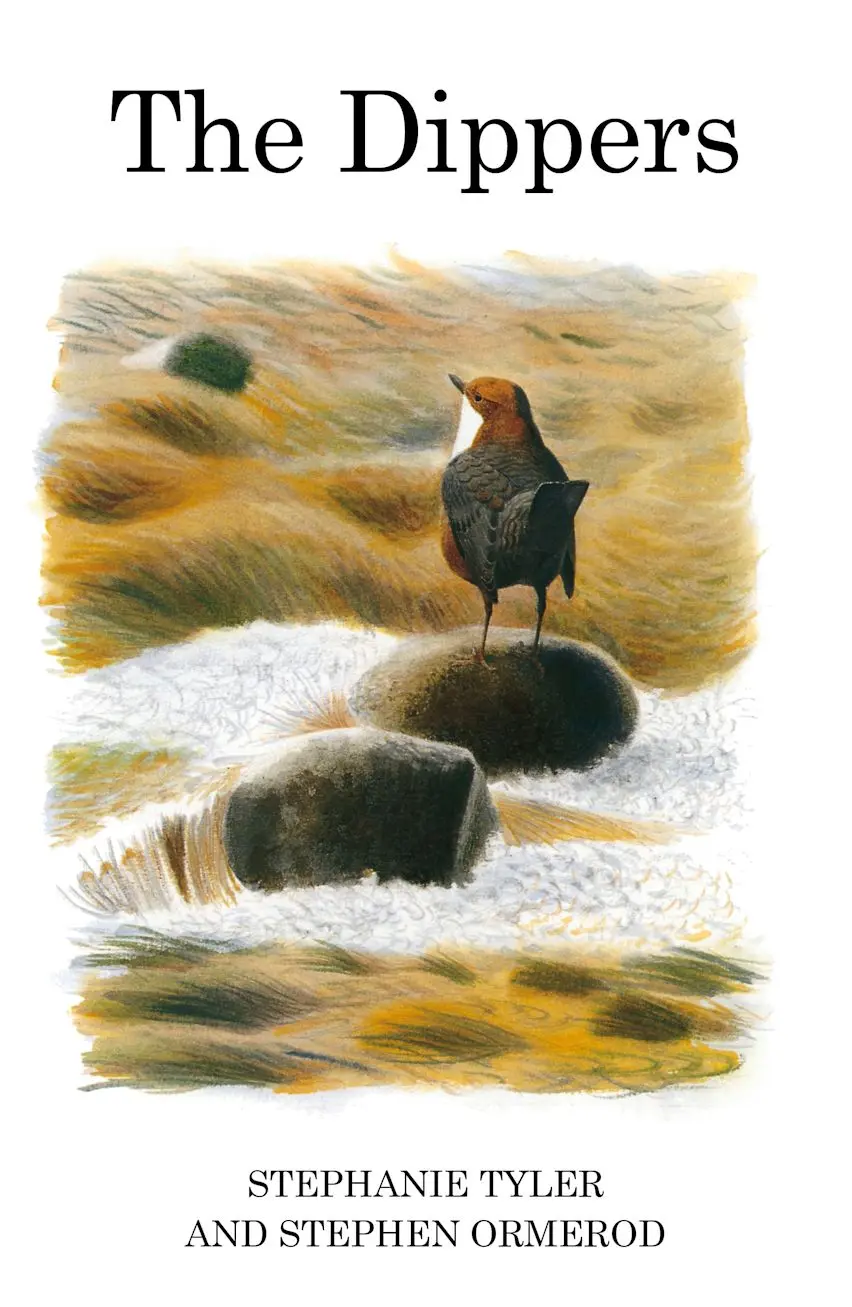Digitalt nytrykk av original fra 1994 (print on demand)
Dippers are the world’s only truly aquatic passerine birds, and their remarkable swimming and diving abilities have long attracted the interest of research biologists on both sides of the Atlantic, as well as elsewhere in Europe and Japan.
For the birdwatcher and naturalist, the behavioural abilities of these attractive birds are only added to by the beauty of their preferred habitat, the fast-flowing streams of the wild uplands. The magic of the running water, moss-covered rocky banks, pools, riffles, cascades and waterfalls lend a majestic backdrop to the busy activity of Dippers as they bob and blink on an exposed rock before diving underwater to forage for caddis and mayfly nymphs amongst the submerged stones of the stream bed. The chance to watch Dippers is always worth the walk into such places.
These are also habitats under pressure. Only in clean, base-rich waters can the Dipper’s insect prey thrive. Current changes in land use threaten these conditions. Conifer plantations promote acidic run-off and contamination by common pesticides reduces the number of suitable waterways each year. The intrinsic value of Dippers is now supplemented by their role as indicators of the health of their upland habitats.
The text is supported by numerous figures and photographs, and by the delightful drawings of Darren Rees. Jacket and text illustrations by Darren Rees.





